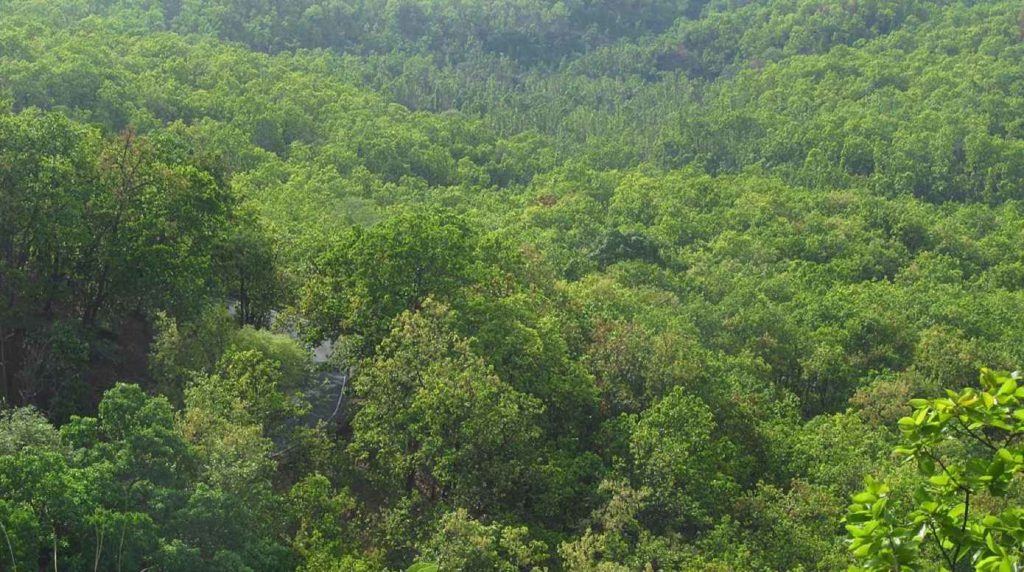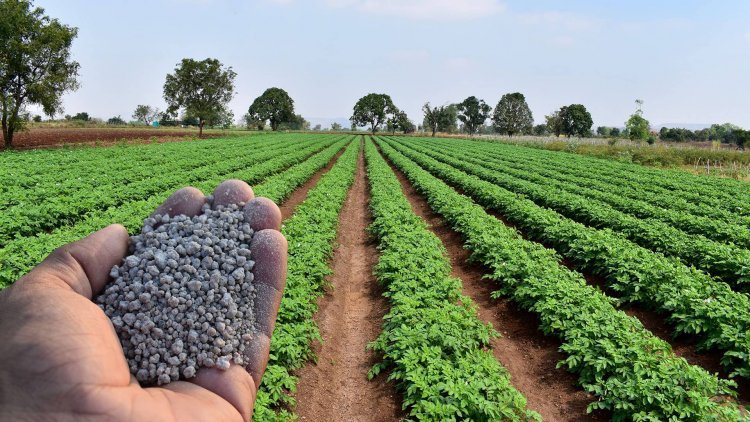- Courses
- GS Full Course 1 Year
- GS Full Course 2 Year
- GS Full Course 3 Year
- GS Full Course Till Selection
- Answer Alpha: Mains 2025 Mentorship
- MEP (Mains Enrichment Programme) Data, Facts
- Essay Target – 150+ Marks
- Online Program
- GS Recorded Course
- Polity
- Geography
- Economy
- Ancient, Medieval and Art & Culture AMAC
- Modern India, Post Independence & World History
- Environment
- Governance
- Science & Technology
- International Relations and Internal Security
- Disaster Management
- Ethics
- NCERT Current Affairs
- Indian Society and Social Issue
- NCERT- Science and Technology
- NCERT - Geography
- NCERT - Ancient History
- NCERT- World History
- NCERT Modern History
- CSAT
- 5 LAYERED ARJUNA Mentorship
- Public Administration Optional
- ABOUT US
- OUR TOPPERS
- TEST SERIES
- FREE STUDY MATERIAL
- VIDEOS
- CONTACT US
Air of the Anthropocene project
Air of the Anthropocene project
10-06-2024
The "Air of the Anthropocene" project creatively combines art and science to visualise air pollution in India, Ethiopia, and the UK.
- This initiative aims to raise awareness about the severe health risks posed by air pollution and spark global discussions on air quality.
About the Initiative:
-
Artistic Expression: The "Air of the Anthropocene" project utilizes light painting, a photographic technique, to capture and visualize air pollution. Artists and researchers collaborate to produce visually striking images that convey the extent and severity of air pollution in different regions.
-
Scientific Accuracy: In addition to the artistic aspect, the project incorporates scientific data collected using low-cost air pollution sensors. These sensors measure particulate matter (PM) levels, including PM2.5, which is considered a significant health hazard.
What is Particulate Matter (PM):

Definition: Particulate matter (PM) is a complex mixture of solid and liquid particles suspended in the air. It includes organic and inorganic particles, such as dust, pollen, soot, smoke, and liquid droplets. PM varies in size, composition, and origin.
Impact of Air Pollution:
-
Public Health Concerns: PM, particularly PM2.5, poses severe health risks. It has been linked to an increased incidence of cardiovascular diseases, stroke, and respiratory issues, making it a leading cause of morbidity and mortality worldwide.
-
Global Prevalence: According to the World Health Organization (WHO), an estimated 99% of the global population breathes air that exceeds WHO guideline limits, resulting in approximately 7 million premature deaths annually attributable to air pollution.
LEDs (Light Emitting Diodes):
-
Versatile Technology: LEDs are semiconductor devices that emit light when an electric current passes through them. They are used in various applications, including electronics, lighting, medicine, and data communication.
-
Characteristics: LEDs are known for their energy efficiency, long lifespan, and versatility in terms of color and brightness, making them ideal for light painting in the "Air of the Anthropocene" project.



